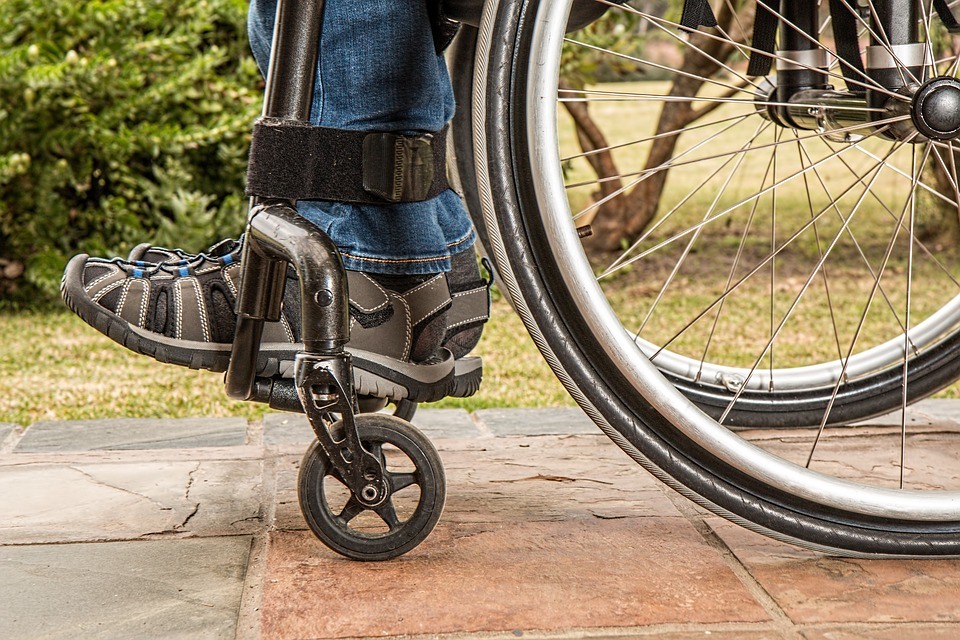
If you’re injured in an accident, you might need to file a personal injury claim to ensure that all costs are covered by the person who is responsible for the injury.
If you’ve never filed a personal injury claim before, the process may seem long and complicated. Whether you decide to hire an Attorney or handle it yourself, you should still understand the process.
We’ve compiled this step-by-step guide to make everything easier.
Step 1: Seek Medical Treatment

Many people make the mistake of failing to seek medical treatment after a personal injury because they do not feel affected immediately.
Even though you don’t feel any pain or discomfort directly after the accident, the injury can affect your health and quality of life further down the road. Always consult a medical professional after any injury, whether you think it’s serious or not.
Failing to seek medical treatment will also work to your disadvantage when it comes to being compensated for your injuries. The insurance company of the person responsible for the damage will call the severity of your injuries into question if you did not seek treatment.
Step 2: Contact a Personal Injury Attorney

Sometimes it is possible to settle small personal injury claims by yourself. For instance, if the incident was minor and you only require a one-time visit to the hospital to treat a minor injury, you can settle the matter on your own.
If, however, you sustain significant injuries in a major accident and you need ongoing treatment, it’s a good idea to hire a personal injury attorney to help you recover the cost of your medical bill.
Even if you decide not to use an attorney for the entire process, you should still contact a professional to advise you before you proceed with a claim. There may be requirements that you are not aware of (such as the statute of limitations) that could make your claim more complicated than you anticipated.
Step 3: Set Up a Claim
You or your attorney should inform the involved parties of your intention to file a claim. Sometimes, letting the person who is liable for your injuries and their insurance company know about the claim in advance helps you reach a settlement faster – which is especially important if you don’t have health insurance.
Step 4: Gather Information and Get Treatment

While you are receiving treatment for your injuries, gather as much information about them as possible. Collect all the medical records and invoices, and be sure to speak to your physician to understand the extent of your injuries.
Find out exactly what further treatment you will require, collect all invoices and quotes for repairs to any damage to your property or vehicle, and keep records of any wages you lost due to your injuries.
Step 5: Negotiate a Settlement
Your attorney can make a demand for compensation to the person who is liable or their insurance company before or after you file suit.
When negotiating a settlement, determine what you will accept. Usually, the process will go back and forth until both parties reach a compromise or a suit is filed – in the latter case, the matter will proceed to trial.
Step 6: Reach a Settlement or File a Lawsuit

If the responder reaches a settlement that you are happy with during the negotiating phase, you will accept the offer. If the offer is unacceptable, however, you can file a lawsuit.
It’s important to note that there are legal limits on the time you can wait to file a personal injury claim – this is known as the statute of limitations. If you miss the deadline, you cannot file a claim at a later date.
Although many personal injury cases are settled without having to go to trial, a lawsuit is necessary if the previous steps do not result in a settlement.




